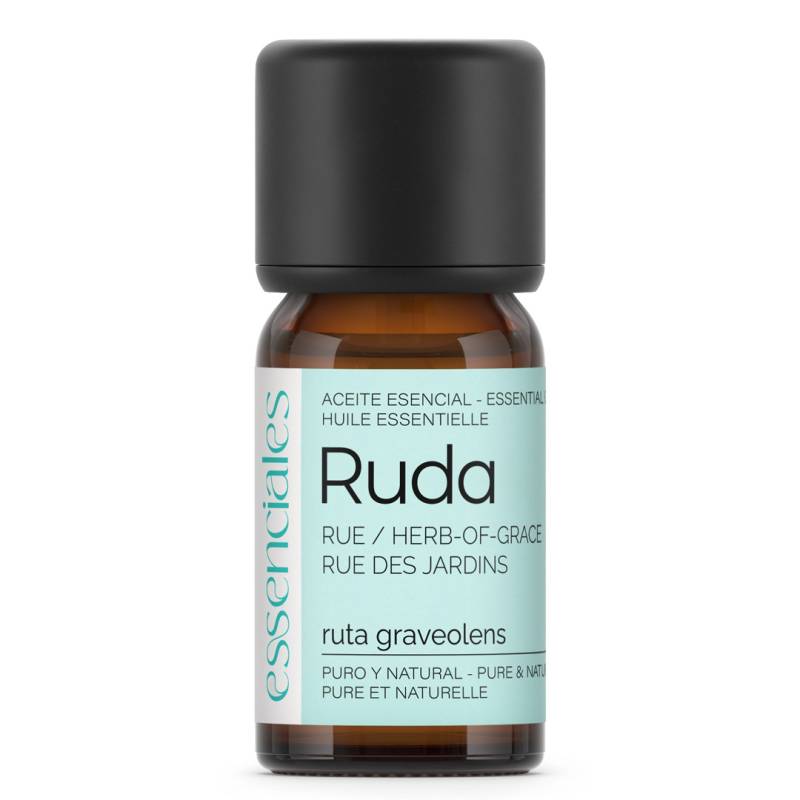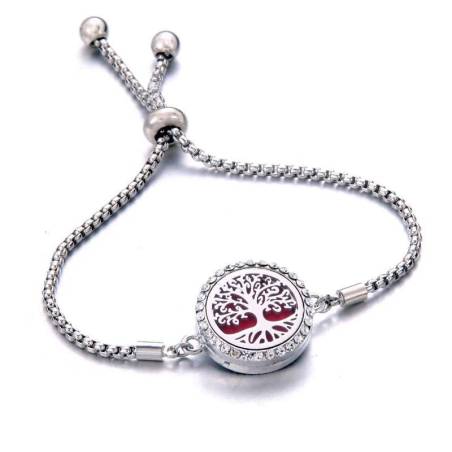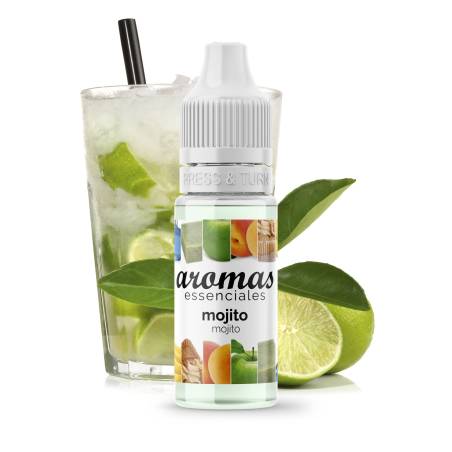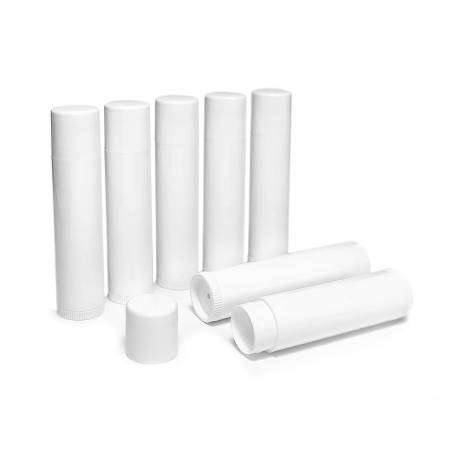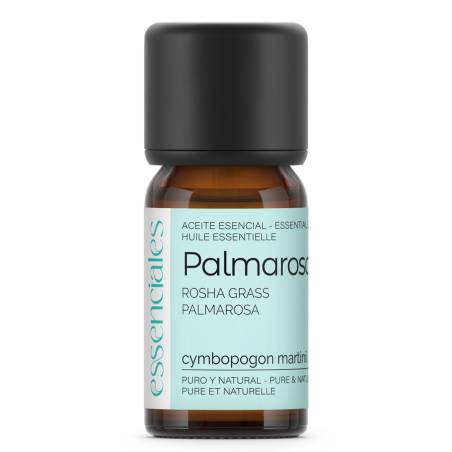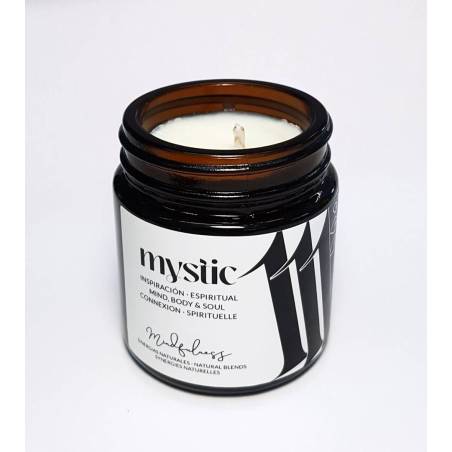Botanical and Historical Information on Rue
Ruta graveolens, commonly known as rue, is a species from the Rutaceae family, native to southern Europe. It is often cultivated as an ornamental garden plant, especially for its bluish leaves and its tolerance to dry soils and heat. It is also grown as a medicinal herb and a condiment.
This perennial sub-shrub is highly branched, with a semi-woody to woody base. It reaches a height of between 70 to 100 cm. The leaves are somewhat fleshy and bluish-green in color, alternate, bi- or tripinnate, with oblong or spatulate leaflets. The inflorescence is a corymb with small yellow flowers of four or five petals. The fruit is a five-lobed capsule. The entire plant emits a strong, acrid aroma, and the taste of its leaves is slightly bitter.
In the Bible, this plant is mentioned as peganon, a name that continues to be used in modern Greek as apiganos (απήγανος).
Rue's medicinal use dates back to ancient times, as evidenced by its mention in the Capitulare de villis vel curtis imperii, an order issued by Charlemagne that called for its fields to be cultivated with a variety of herbs and condiments, including "rutam," now identified as Ruta graveolens.
Rue stimulates menstruation and uterine contractions, which is why the refined oil of rue was cited by the Roman historian Pliny the Elder and the gynecologist Soranus as a potent abortifacient (which induces abortion).
Properties of Rue Essential Oil
Antitoxic: Removes toxins from the body.
Antiseptic: Helps eliminate pathogens.
Antitussive: Relieves cough.
Antispasmodic: Relieves involuntary body movements.
Vermifuge: Eliminates and expels parasites.
Nervous tonic: Helps regulate the normal functioning of the nervous system.
Digestive tonic: Prevents stomach and intestinal weakness.
Anti-inflammatory: Particularly effective for muscle and joint pain.
Practical Uses and Applications of Rue Essential Oil
Rue essential oil has traditionally been used to help with the following conditions:
Circulatory and joint system: Muscle and joint pain, such as sprains and dislocations.
Digestive system: Stomach and intestinal cramps.
Nervous system: Nervous exhaustion.
Recipes with Rue Essential Oil
FOR MASSAGE (see safety section)
- For varicose veins and tired legs: Add 5 drops of rue to a mixture of 100 ml of almond oil along with 20 drops of Atlas cedar, 20 drops of peppermint, 10 drops of helichrysum, and 20 drops of cypress. Apply after a shower.
Rue Essential Oil Pairs Well With:
- Peppermint
- Rosemary
- Cinnamon
- Clove
- Sage
- Atlas Cedar
Recommended Dilutions for Rue Essential Oil
Maximum general dilution recommended for adults: 1%
DO NOT USE IN CHILDREN UNDER ANY CIRCUMSTANCES
Remember that rue essential oil is highly phototoxic, so it should never be applied topically during the day.
Essential oils are highly concentrated substances and should be diluted in almost all uses. Use our dilution chart for more detailed information on the proper use of essential oils:
ESSENTIAL OILS DILUTION GENERAL GUIDE
Expert Aromatherapists' Notes
|
“Rue is an essential oil primarily used for its energetic properties, as its therapeutic use is discouraged due to its high toxicity. Its reputation as a healer and protector makes it ideal for use in energy therapies and cleansings.”
Luis Rodero, Aromatherapy Expert
|
Identification
Botanical Name: Ruta Graveolens L., Rutaceae
Origin: Spain
Extraction Method: Steam distillation with pure water (no solvents or refining processes).
Distilled or Extracted Part: Stems and leaves
INCI: Ruta Graveolens Oil
Safety
- WARNING: Abortifacient, avoid use during pregnancy.
- Adults should always use with a maximum dilution of 2%.
- Never use in children.
- Not suitable for use during pregnancy or breastfeeding.
- Do not expose the skin to the sun for 16 hours after topical use.
- Do not apply to delicate areas, mucous membranes, or wounds.
- Keep out of the reach of children and under lock and key.
Some of the natural components of this essential oil may pose an allergy risk to some individuals. Always perform a tolerance test prior to applying preparations by placing a few drops on the inside of the elbow.
Topical use: Suitable in dilution (maximum 1%)
Diffuser: Not suitable
Phototoxicity: Yes
Sensitizer: Yes
Irritant: Yes
Allergens Naturally Present in this Essential Oil:
Essential Oil Storage
It is equally important to know how to store essential oils to ensure they remain in good condition and do not become toxic or irritating due to oxidation or contamination. We recommend reading this short guide:
Storage of Essential Oils
Important
The information on oils provided by Essenciales comes from popular sources and is solely for educational purposes, and it is not intended to offer or sell this product as a diagnosis, treatment, cure, or prevention of any disease. The International Federation of Aromatherapists does not recommend the ingestion or internal consumption of essential oils except under the strict supervision of a physician or doctor qualified in aromatherapy and clinical phytotherapy. It is always recommended to properly dilute essential oils. If you are pregnant, suffer from epilepsy, liver failure, or have a health issue, use essential oils only under medical prescription. Never use essential oils on children without the proper knowledge or instructions from a professional.
Never ignore professional medical advice.
Essenciales does not provide medical advice or engage in the practice of medicine.

